Home>Furniture & Design>Interior Design Trends>How Are Glass Marbles Made
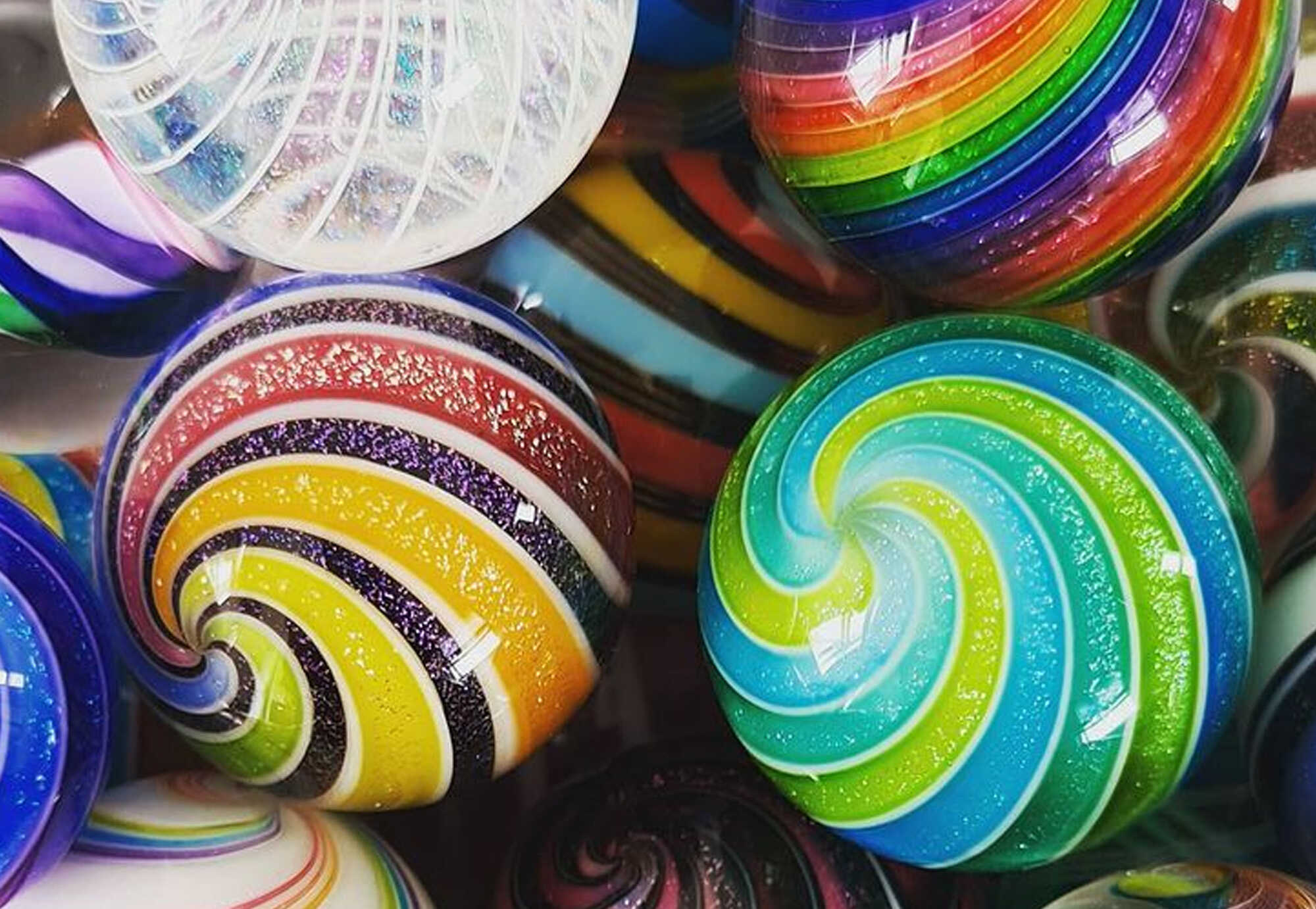

Interior Design Trends
How Are Glass Marbles Made
Modified: February 18, 2024
Discover the latest interior design trends and learn how glass marbles are made in this insightful guide. Explore the artistry and craftsmanship behind these timeless decorative pieces.
(Many of the links in this article redirect to a specific reviewed product. Your purchase of these products through affiliate links helps to generate commission for Storables.com, at no extra cost. Learn more)
Introduction
Glass marbles have been captivating people of all ages for centuries. These small, spherical objects have a timeless allure, serving as both toys and decorative pieces. The process of creating glass marbles is a fascinating journey that combines artistry, precision, and craftsmanship. From the selection of raw materials to the intricate techniques used in forming and polishing, the production of glass marbles is a testament to human ingenuity and creativity.
The art of making glass marbles dates back to ancient times, with evidence of their existence found in various cultures around the world. Over the years, the manufacturing process has evolved, incorporating modern technologies while preserving the traditional methods that give each marble its unique character.
The allure of glass marbles lies in their vibrant colors, mesmerizing patterns, and smooth, glossy finish. Whether used in traditional games like "marbles" or displayed as decorative accents, these tiny spheres hold a timeless appeal that transcends generations.
In this comprehensive exploration, we will delve into the intricate process of creating glass marbles, from the selection of raw materials to the meticulous craftsmanship involved in forming, cooling, and polishing these exquisite objects. Join us on this captivating journey through the world of glass marble production, where artistry and precision converge to bring these enchanting spheres to life.
Key Takeaways:
- The mesmerizing process of making glass marbles involves melting and mixing raw materials, forming the marbles with vibrant colors and patterns, and carefully cooling and polishing them to perfection.
- Skilled artisans ensure each glass marble meets high standards through meticulous quality control, and the marbles are then delicately packaged and distributed to enthusiasts worldwide, carrying with them a legacy of artistry and timeless allure.
Read more: How To Make Glass Marbles
Raw Materials
The production of glass marbles begins with the careful selection of raw materials, each playing a crucial role in determining the characteristics of the final product. The primary components used in creating glass marbles are silica sand, soda ash, and limestone. These materials form the foundation of the glass composition, providing the essential properties necessary for the manufacturing process.
Silica sand, a key ingredient in glassmaking, serves as the primary source of silicon dioxide, which is essential for producing high-quality glass. Its fine particles and high silica content contribute to the clarity and strength of the glass, ensuring that the resulting marbles possess a pristine, translucent quality.
Soda ash, also known as sodium carbonate, acts as a flux in the glassmaking process, lowering the melting point of the silica sand and facilitating the fusion of the raw materials. This crucial component enhances the workability of the glass, allowing it to be shaped and molded with precision during the manufacturing process.
Limestone, another fundamental raw material, serves as a stabilizer, aiding in the formation of a durable and resilient glass matrix. Its presence helps prevent the glass from becoming too brittle, ensuring that the finished marbles exhibit the ideal balance of strength and resilience.
In addition to these primary ingredients, various metal oxides and colorants are incorporated to imbue the glass with a spectrum of vibrant hues. These additives, such as cobalt oxide for blue, chromium oxide for green, and cadmium sulfide for yellow, enable the creation of an extensive palette of colors, enriching the visual appeal of the glass marbles.
The meticulous selection and precise combination of these raw materials are essential in achieving the desired aesthetic and structural qualities of the glass marbles. The harmonious fusion of silica sand, soda ash, limestone, and colorants sets the stage for the next phase of the manufacturing process, where these elements undergo a remarkable transformation, culminating in the creation of captivating glass marbles.
Melting and Mixing
The process of creating glass marbles enters a pivotal phase as the carefully selected raw materials undergo the transformative journey of melting and mixing. This stage is a symphony of heat, precision, and chemical alchemy, where the distinct properties of each ingredient converge to form a molten glass blend that will give rise to the enchanting spheres.
The raw materials, including silica sand, soda ash, limestone, and colorants, are meticulously measured and combined in precise proportions to achieve the desired glass composition. This meticulous blending is crucial, as it sets the foundation for the visual and structural characteristics of the glass marbles. Once the ingredients are harmoniously united, they are introduced into a furnace, where the alchemical process of transformation begins.
Inside the searing heat of the furnace, the raw materials undergo a remarkable metamorphosis as they are subjected to temperatures exceeding 1700 degrees Celsius. At these extreme temperatures, the solid components of the glass blend undergo a profound change, transitioning into a molten state that possesses a mesmerizing, viscous quality.
The molten glass, resembling a radiant, glowing river of vibrant hues, is a testament to the intense heat and chemical reactions taking place within the furnace. The fusion of silica sand, soda ash, and limestone gives rise to a molten glass matrix that embodies the essential properties of clarity, strength, and workability, laying the foundation for the creation of exquisite glass marbles.
As the molten glass reaches its optimal state, the skilled artisans and technicians carefully monitor its temperature and consistency, ensuring that it attains the ideal viscosity for the subsequent shaping and forming processes. This delicate balance of heat and timing is crucial, as it determines the glass's ability to be shaped and molded with precision, allowing for the creation of intricate patterns and designs within the marbles.
The mesmerizing dance of heat and chemistry continues as the molten glass is thoroughly mixed to ensure uniformity and homogeneity, guaranteeing that each marble will exhibit consistent color and structural integrity. This meticulous mixing process is a testament to the dedication and expertise of the artisans, who orchestrate the alchemical symphony within the furnace, guiding the molten glass toward its destined form.
The melting and mixing phase represents a pivotal juncture in the creation of glass marbles, where the raw materials undergo a mesmerizing transformation, culminating in the birth of a radiant, molten glass blend that embodies the potential for endless creativity and artistry. This molten essence, infused with vibrant colors and boundless possibilities, sets the stage for the next chapter in the captivating journey of glass marble production.
Forming the Marbles
The transition from molten glass to exquisite glass marbles is a testament to the artistry and precision that defines the forming process. As the molten glass emerges from the searing heat of the furnace, it enters a realm of meticulous craftsmanship and ingenuity, where skilled artisans harness its fluid potential to create captivating spheres of art.
The forming process begins with the gathering of molten glass onto the tip of a blowpipe, a slender tube that serves as the vessel for shaping the marbles. The artisan deftly gathers a precise amount of molten glass, carefully controlling its temperature and viscosity to ensure optimal workability. With practiced finesse, the artisan manipulates the molten glass, shaping it into a small, spherical mass that will serve as the foundation for the marble.
As the molten glass coalesces into a cohesive form, the artisan introduces colorants and intricate patterns, infusing each marble with a unique visual identity. The addition of colorants at this stage allows for the creation of mesmerizing swirls, vibrant streaks, and captivating designs within the glass, elevating each marble to a work of art in its own right.
Once the molten glass has been imbued with the desired colors and patterns, the artisan deftly manipulates it using a variety of tools, shaping and sculpting it into a perfect sphere. The precision and dexterity required in this process are a testament to the artisan's mastery, as they coax the molten glass into a flawless, spherical form, ensuring that each marble possesses a symmetrical and balanced silhouette.
As the marbles take shape, they are carefully transferred to a cooling area, where they undergo a gradual cooling process that solidifies their form and enhances their structural integrity. This controlled cooling period is essential, as it prevents thermal stress and ensures that the marbles retain their pristine appearance and durability.
The forming process represents a harmonious fusion of artistry and technical skill, where the fluidity of molten glass is transformed into timeless spheres of beauty. Each marble, bearing the imprint of the artisan's creativity and expertise, emerges as a testament to the captivating art of glass marble production.
The forming process represents a harmonious fusion of artistry and technical skill, where the fluidity of molten glass is transformed into timeless spheres of beauty. Each marble, bearing the imprint of the artisan's creativity and expertise, emerges as a testament to the captivating art of glass marble production.
Glass marbles are made by heating glass to a high temperature until it becomes molten. The molten glass is then shaped into round spheres by rolling it in a mold or by hand. After cooling, the marbles are polished to give them a smooth, shiny surface.
Cooling and Polishing
Following the intricate process of forming, the freshly shaped glass marbles embark on a transformative journey through the cooling and polishing phase. This crucial stage represents a delicate balance of temperature control and meticulous craftsmanship, where the marbles undergo a gradual cooling process to solidify their structure and enhance their visual allure.
As the newly formed glass marbles transition from the controlled heat of the forming area, they are carefully transferred to a designated cooling area, where they undergo a gradual cooling process. This controlled cooling period is essential, as it allows the marbles to acclimate to lower temperatures without experiencing thermal shock, which could compromise their structural integrity. The gradual cooling process ensures that the marbles retain their pristine appearance and durability, setting the stage for the subsequent polishing phase.
Once the marbles have completed the cooling process, they are ready to undergo the transformative art of polishing. This intricate process involves the use of specialized equipment and techniques designed to impart a lustrous, glossy finish to the marbles, elevating their visual appeal to captivating heights. The marbles are carefully introduced into polishing machines, where they undergo a series of meticulously orchestrated movements that gradually refine their surfaces, resulting in a radiant, mirror-like sheen.
The polishing process not only enhances the aesthetic allure of the marbles but also serves to smooth out any imperfections or irregularities that may have emerged during the forming stage. The skilled artisans and technicians oversee this process with precision, ensuring that each marble receives the attention and care necessary to achieve a flawless, polished finish. The result is a collection of glass marbles that exude a captivating brilliance, their surfaces reflecting light in a mesmerizing display of color and clarity.
As the marbles emerge from the polishing phase, they embody a timeless elegance and visual allure, their surfaces aglow with a radiant sheen that accentuates their vibrant colors and intricate patterns. The cooling and polishing phase represents the culmination of the meticulous craftsmanship and artistry that defines the production of glass marbles, elevating these exquisite spheres to the pinnacle of visual and tactile splendor.
The cooling and polishing phase represents a harmonious convergence of precision and artistry, where the marbles undergo a transformative journey that culminates in their emergence as timeless symbols of beauty and craftsmanship.
Read more: How To Make A Glass Marble
Quality Control
The meticulous process of glass marble production culminates in a pivotal phase known as quality control. This critical stage serves as a testament to the unwavering commitment to excellence and precision, ensuring that each glass marble meets the highest standards of visual appeal, structural integrity, and craftsmanship.
Skilled artisans and technicians meticulously inspect each glass marble, scrutinizing its surface for any imperfections, irregularities, or blemishes that may detract from its visual allure. Through a combination of visual examination and tactile assessment, the quality control team meticulously evaluates the marbles, ensuring that they exhibit a flawless, polished finish that reflects light in a mesmerizing display of color and clarity.
In addition to visual inspection, the quality control process encompasses rigorous testing to assess the structural resilience of the marbles. Specialized equipment is utilized to subject the marbles to controlled stress tests, ensuring that they possess the necessary durability to withstand handling and use. This meticulous testing regimen serves to validate the marbles' strength and resilience, guaranteeing that they will endure as timeless symbols of beauty and craftsmanship.
Furthermore, color consistency is a paramount focus of the quality control phase. Each glass marble is scrutinized to ensure that its coloration is uniform and harmonious, with vibrant hues that captivate the eye. Any deviations from the desired color palette are meticulously documented and addressed, underscoring the dedication to achieving a visually stunning collection of glass marbles.
The quality control phase represents a harmonious convergence of precision and artistry, where the marbles undergo a meticulous evaluation to ensure that they embody the pinnacle of visual and tactile splendor. This unwavering commitment to excellence serves as a testament to the artisans' dedication to creating glass marbles that transcend mere objects, emerging as timeless symbols of beauty and craftsmanship.
The quality control phase stands as a testament to the artisans' dedication to creating glass marbles that transcend mere objects, emerging as timeless symbols of beauty and craftsmanship.
Packaging and Distribution
The culmination of the meticulous process of glass marble production leads to the pivotal phase of packaging and distribution. This crucial stage represents the seamless transition from the artisanal realm to the hands of enthusiasts and connoisseurs, where the exquisite glass marbles are prepared for their journey into the world.
Once the glass marbles have undergone the rigorous quality control phase and have been deemed flawless in their visual allure, structural integrity, and craftsmanship, they are meticulously prepared for packaging. Each marble is delicately handled and carefully placed within specialized packaging materials, ensuring that they remain pristine and unblemished during transit. The packaging process is a testament to the commitment to preserving the marbles' beauty and ensuring that they arrive in perfect condition to delight their recipients.
The packaging materials are thoughtfully selected to provide both protection and aesthetic appeal, enhancing the overall presentation of the glass marbles. Whether nestled within intricately designed boxes, adorned with captivating artwork, or encased within transparent containers that showcase their vibrant hues, the packaging serves as a fitting complement to the timeless beauty of the marbles.
Following the meticulous packaging process, the glass marbles are ready to embark on their journey into the world, where they will captivate enthusiasts and collectors alike. The distribution phase involves careful logistics and coordination to ensure that the marbles reach their destinations with efficiency and care. Whether destined for retail shelves, artisanal markets, or the collections of avid enthusiasts, the marbles are entrusted to reliable channels that prioritize their safe and timely delivery.
The distribution network extends across diverse avenues, reaching individuals and communities who appreciate the allure of these timeless spheres. From local storefronts to online platforms, the glass marbles find their way into the hands of those who recognize and cherish their intrinsic beauty and craftsmanship.
As the glass marbles are dispersed into the world, they carry with them the legacy of artistry, precision, and timeless allure. Each marble becomes a conduit of creativity and inspiration, enriching the lives of those who encounter them. The packaging and distribution phase represents the culmination of the artisans' dedication, ensuring that these exquisite spheres find their way into the hearts and hands of individuals who will treasure their enduring beauty.
Frequently Asked Questions about How Are Glass Marbles Made
Was this page helpful?
At Storables.com, we guarantee accurate and reliable information. Our content, validated by Expert Board Contributors, is crafted following stringent Editorial Policies. We're committed to providing you with well-researched, expert-backed insights for all your informational needs.
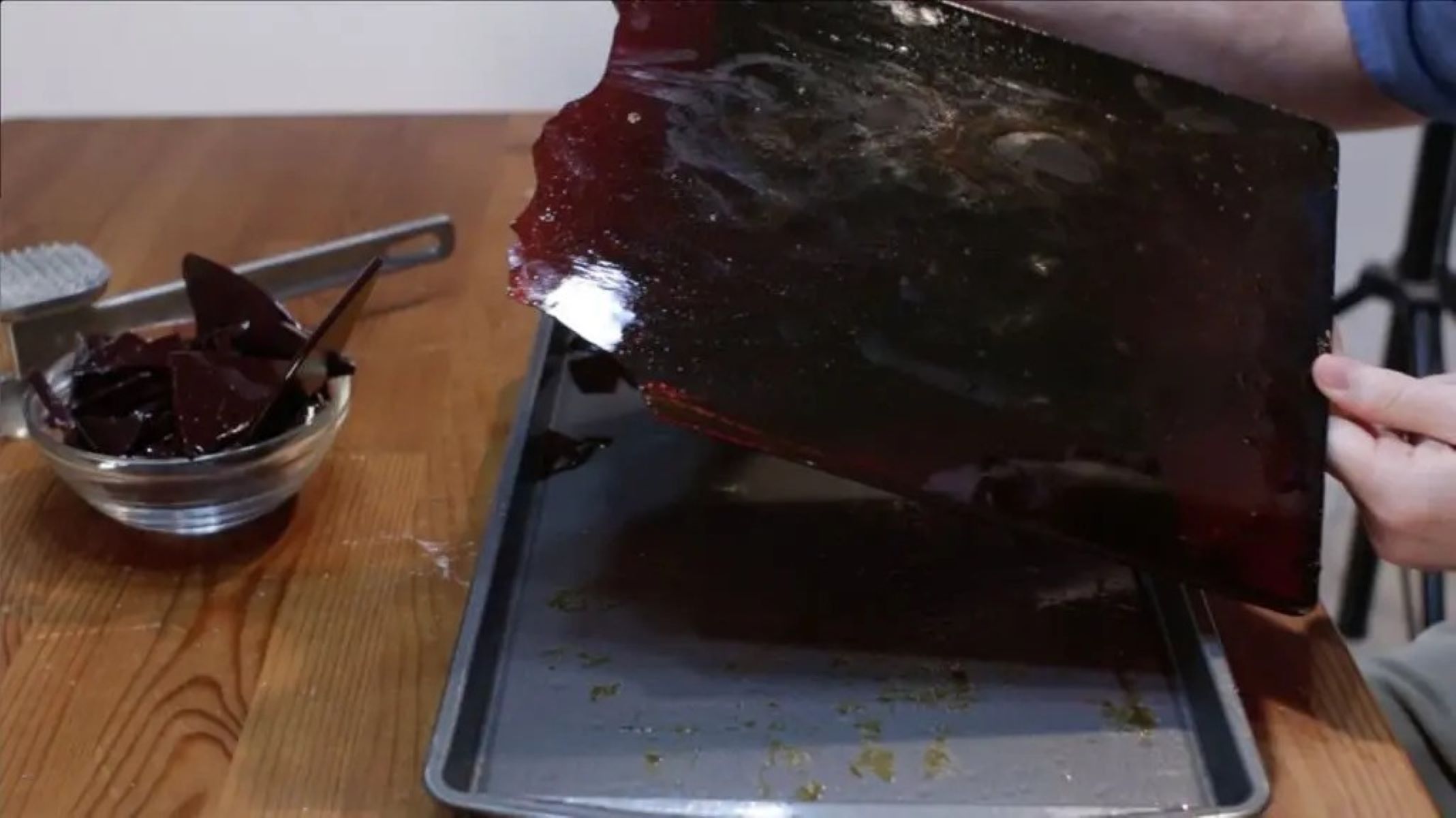
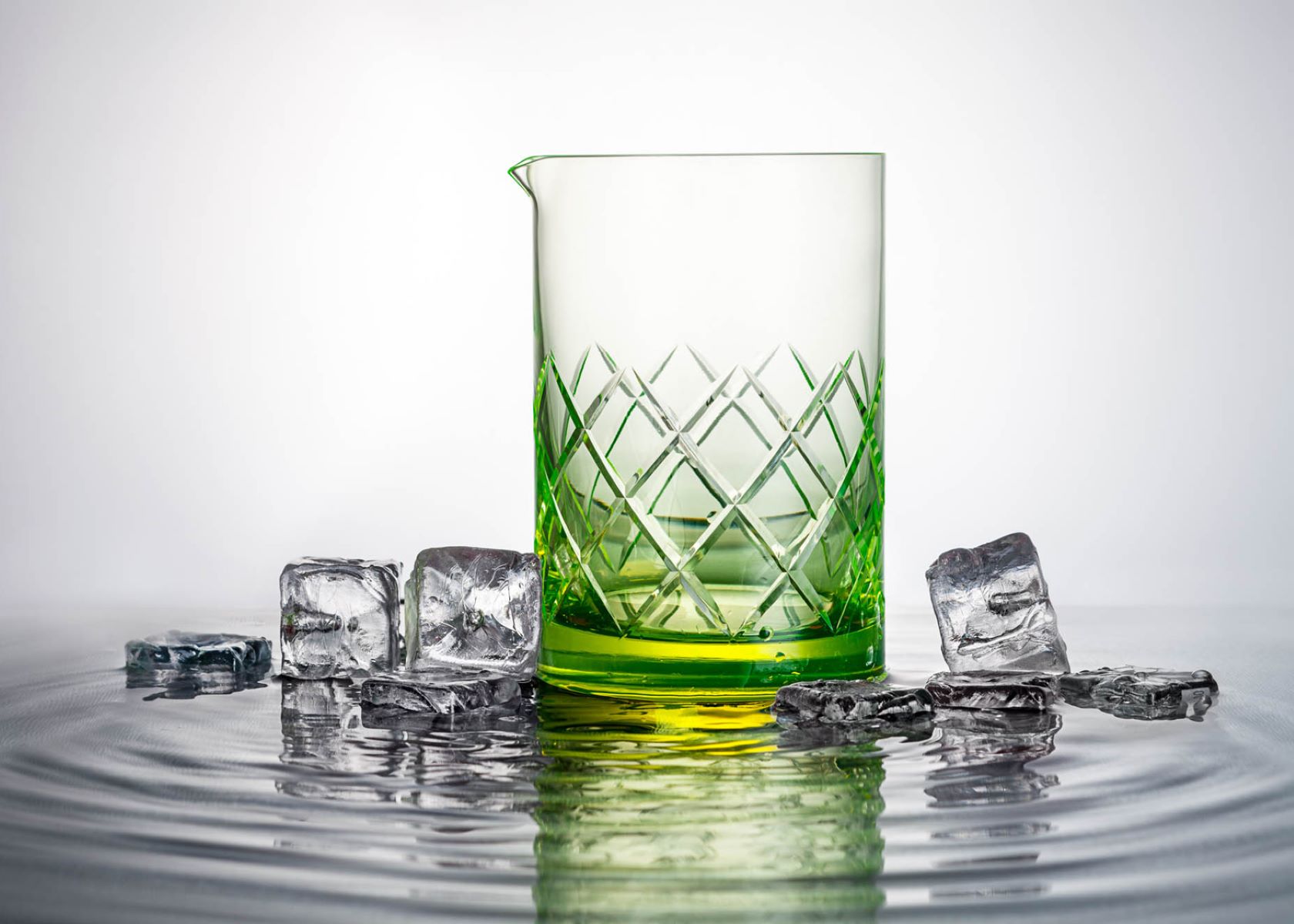
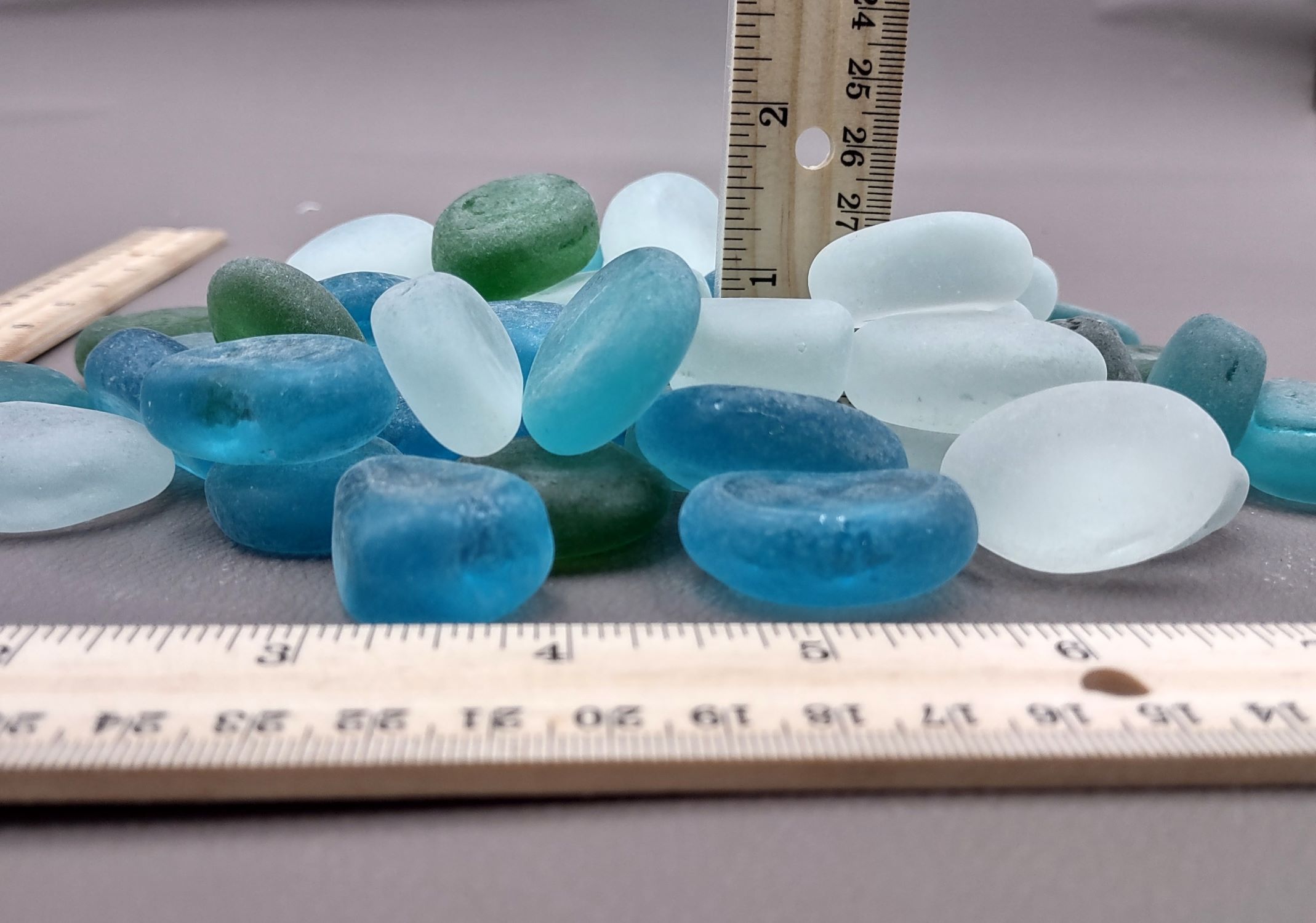
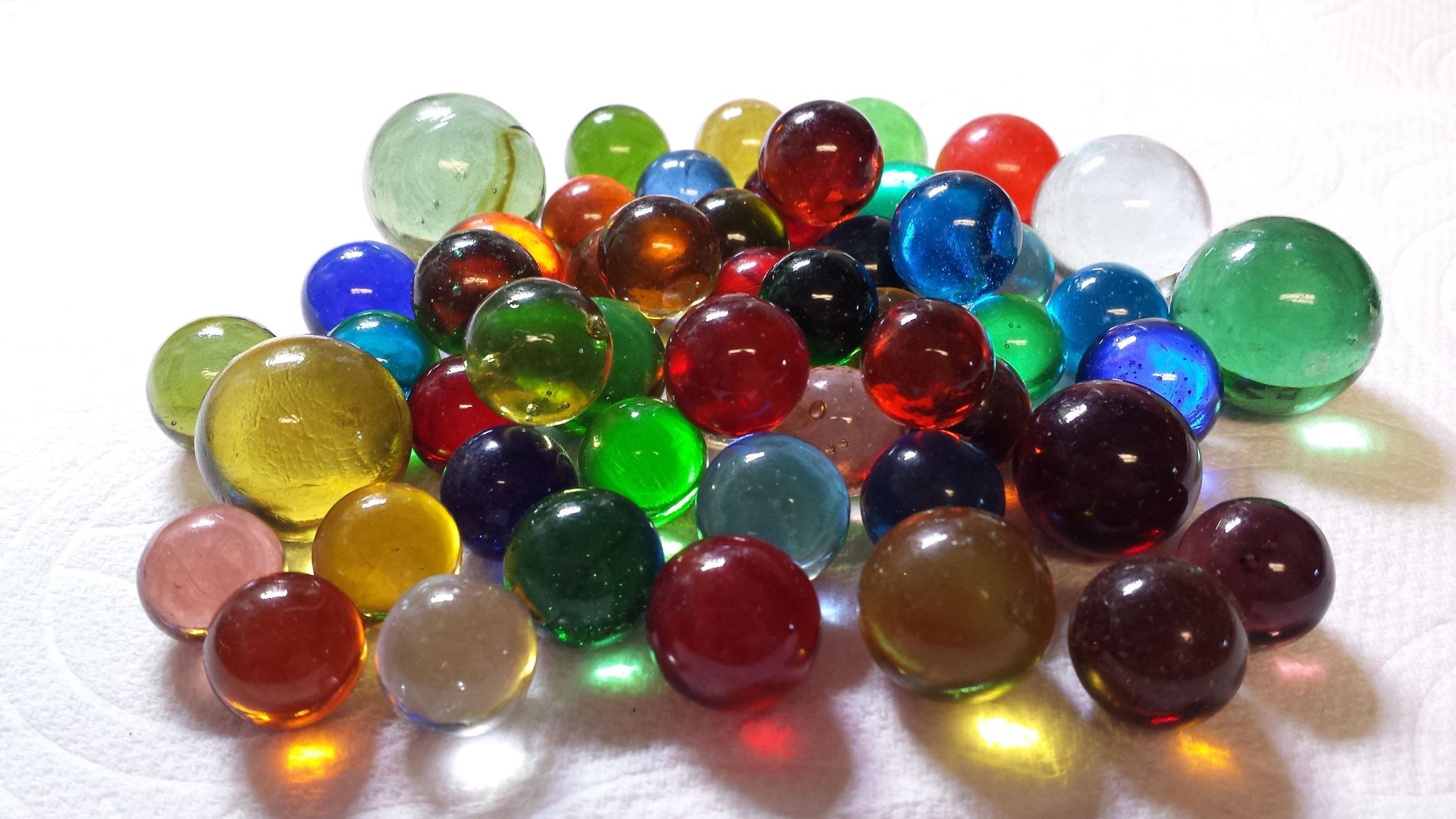
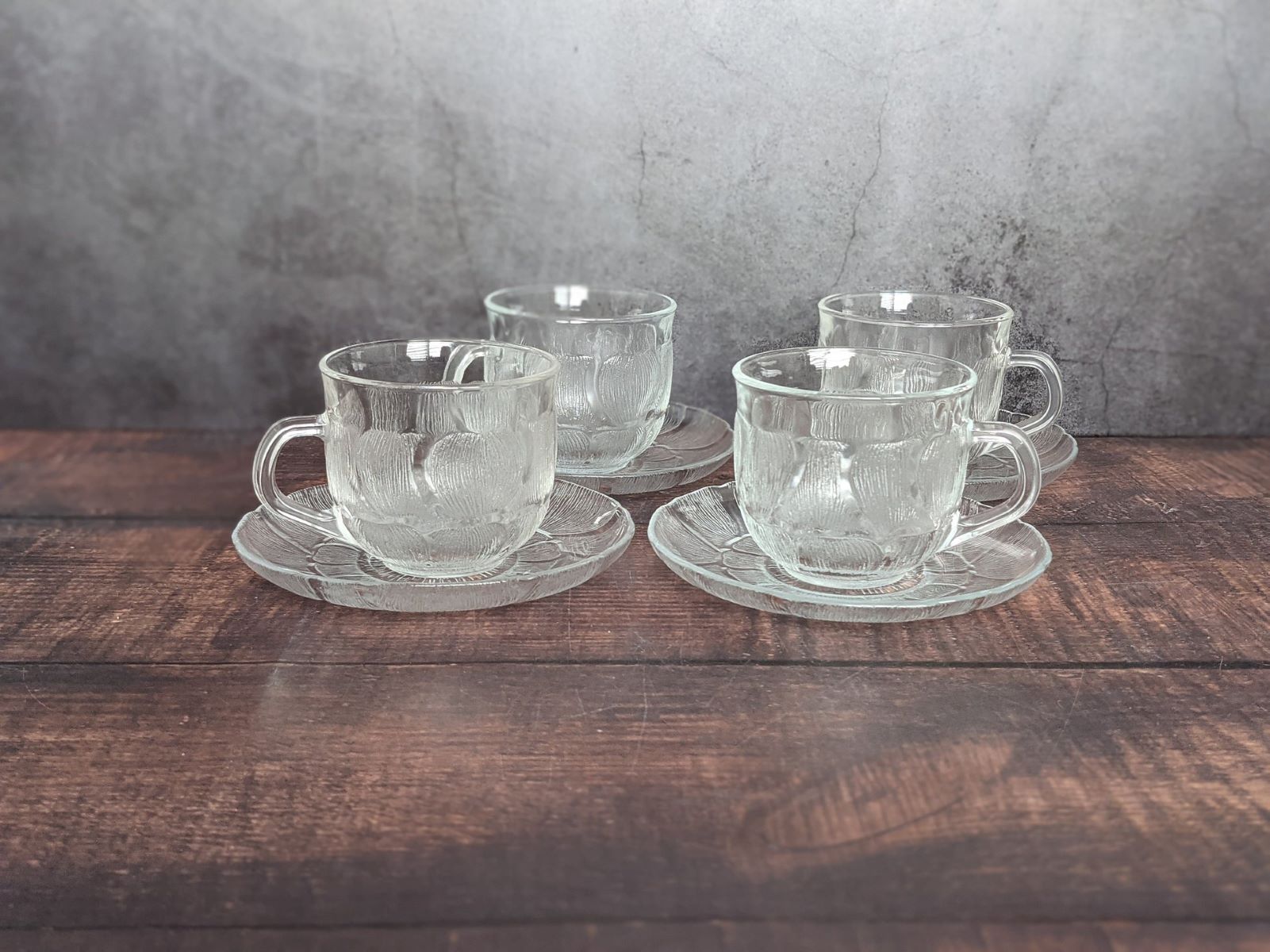
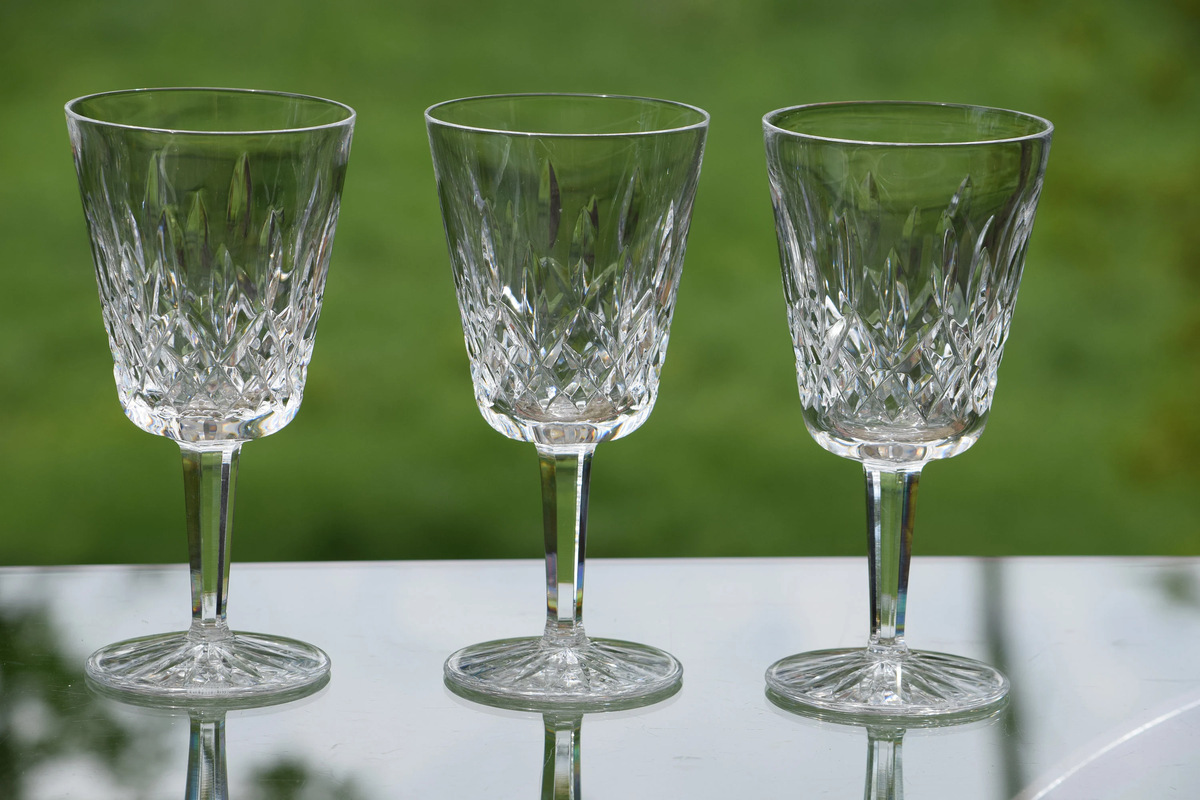
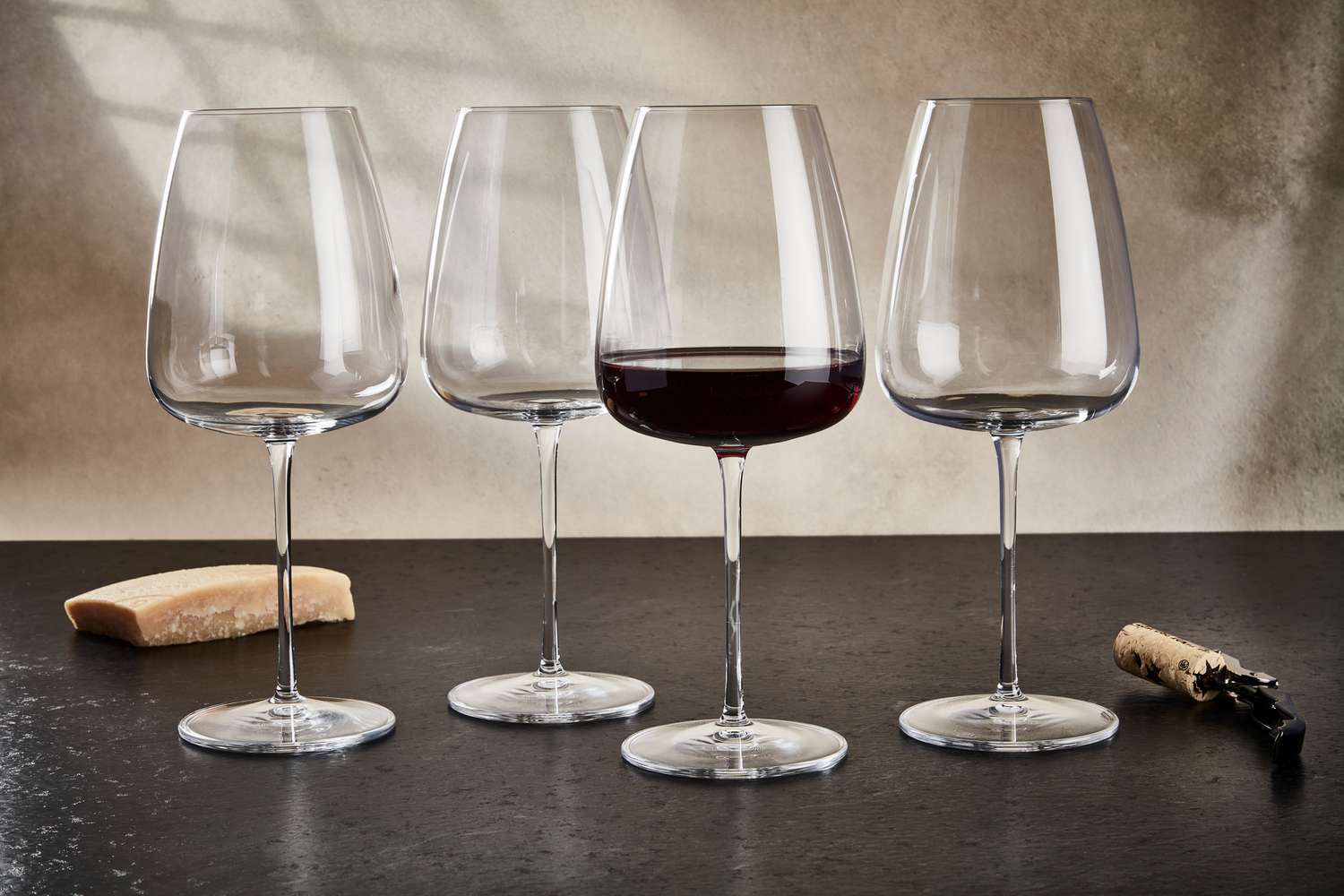
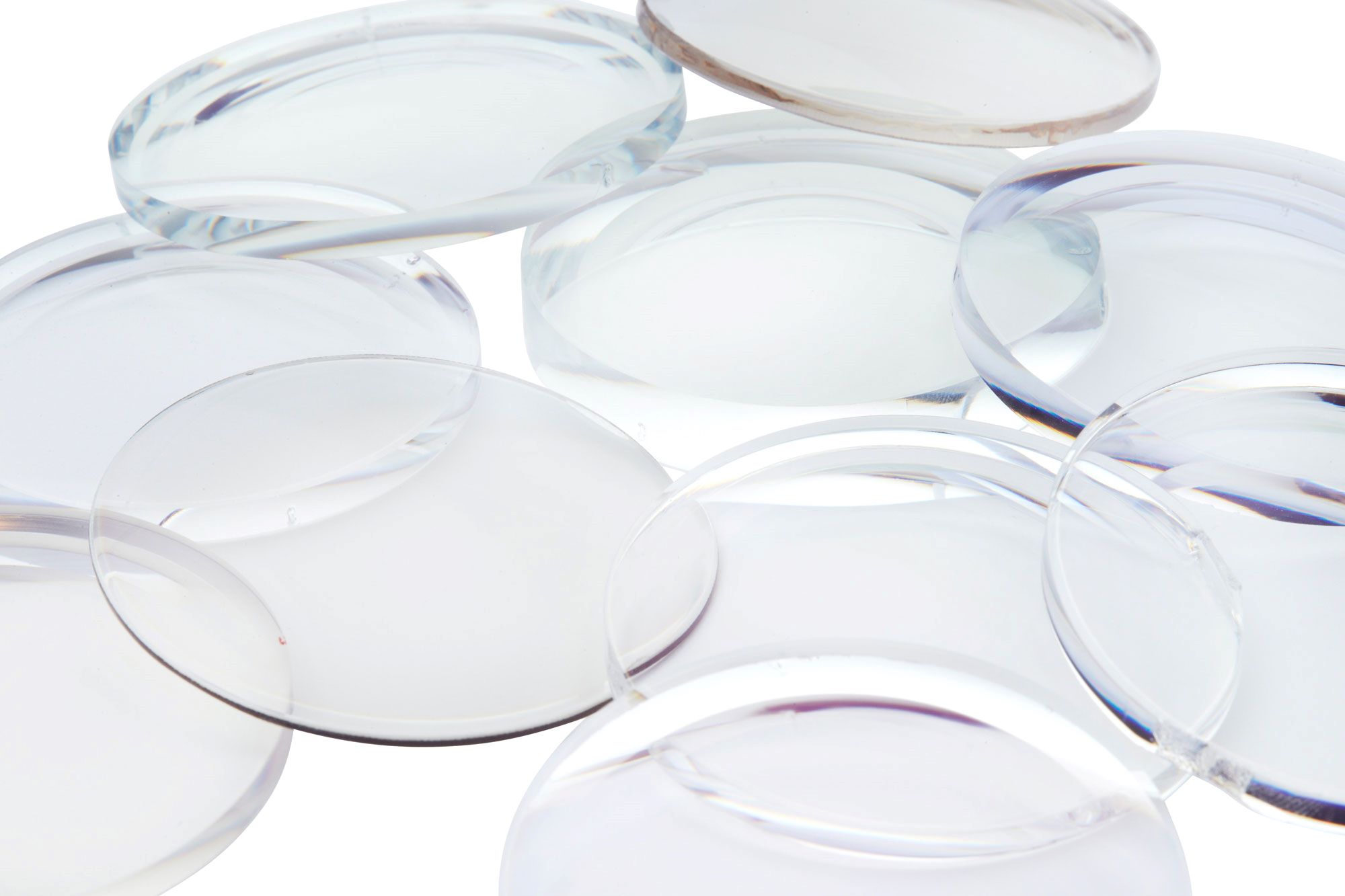

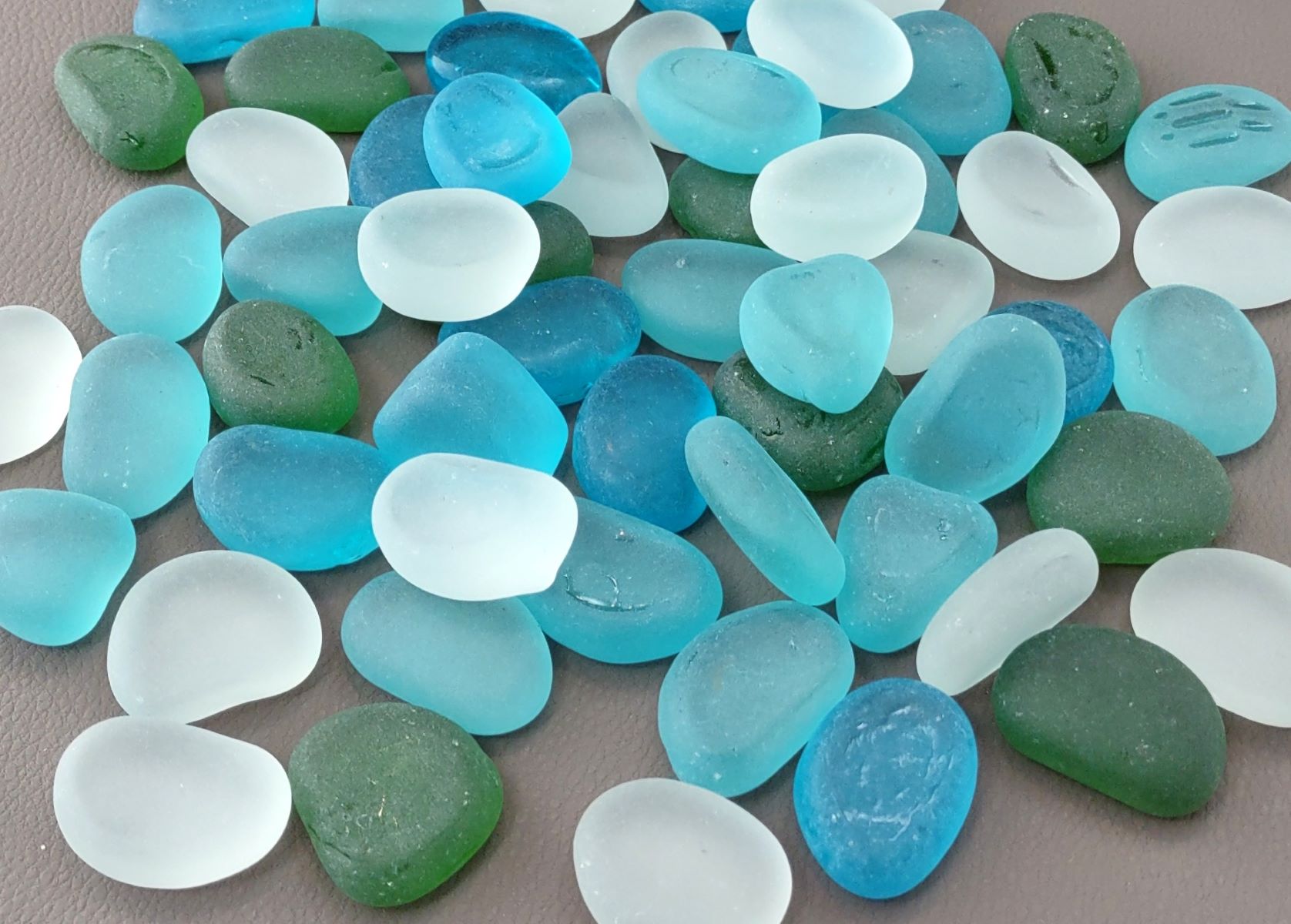


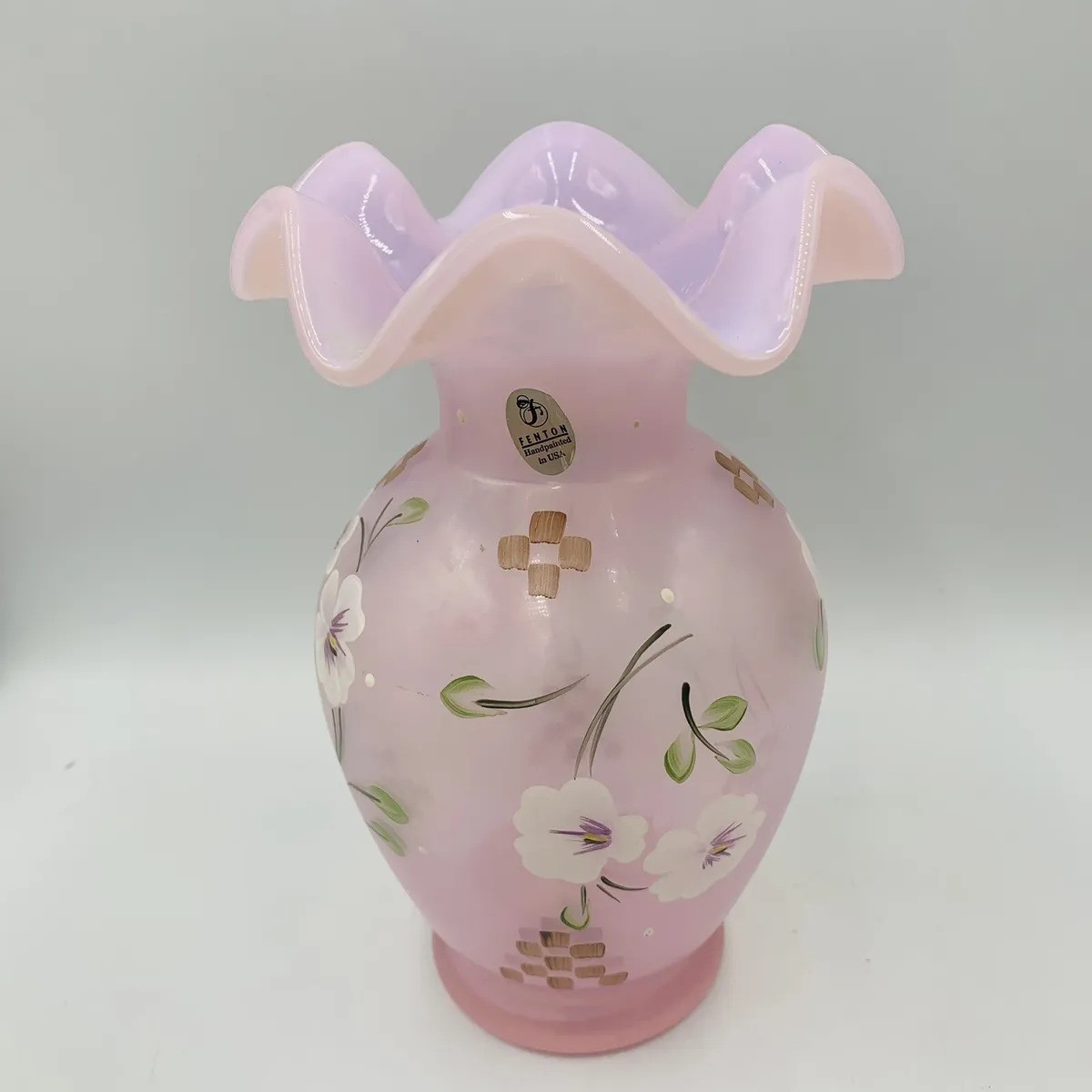
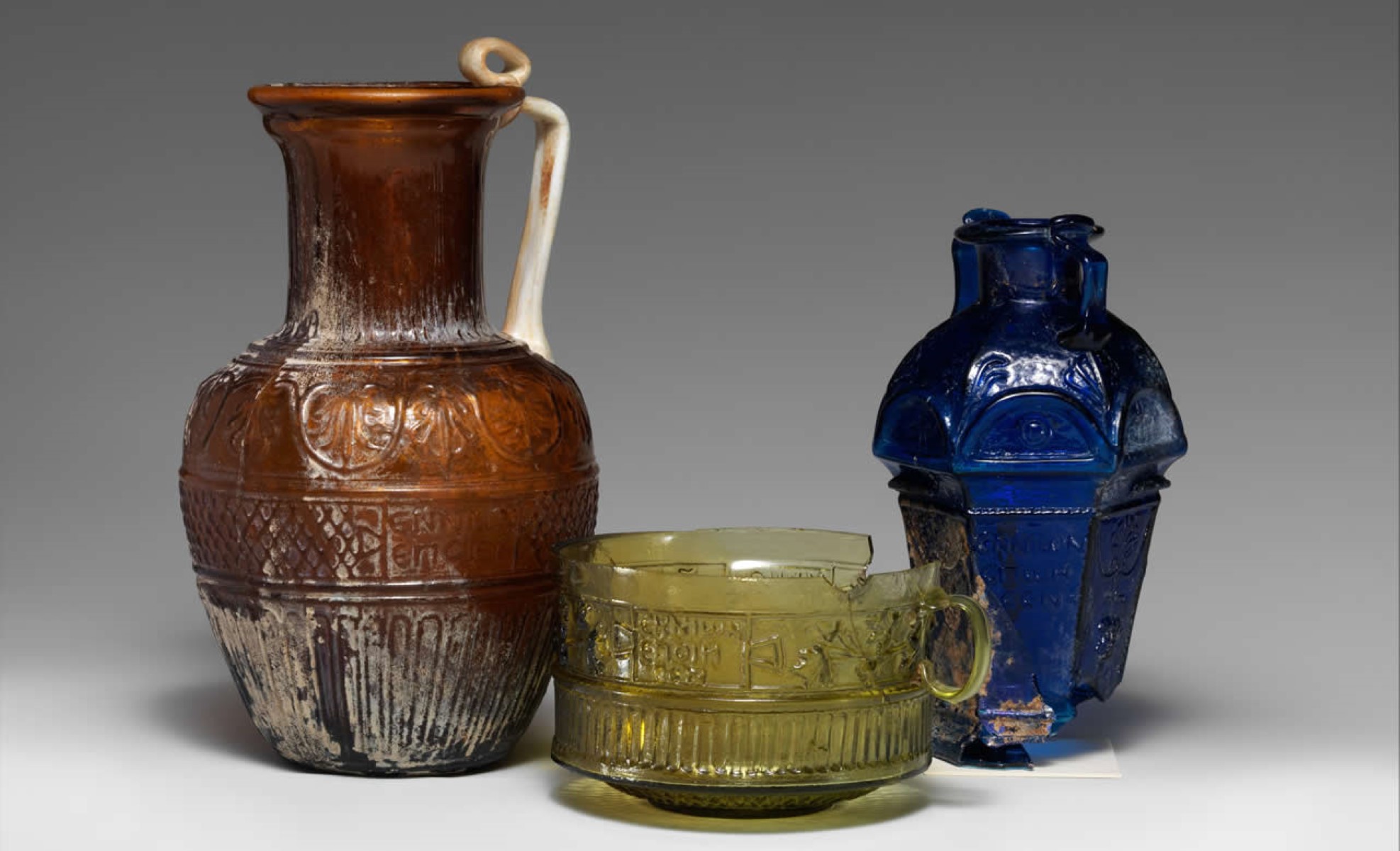

0 thoughts on “How Are Glass Marbles Made”